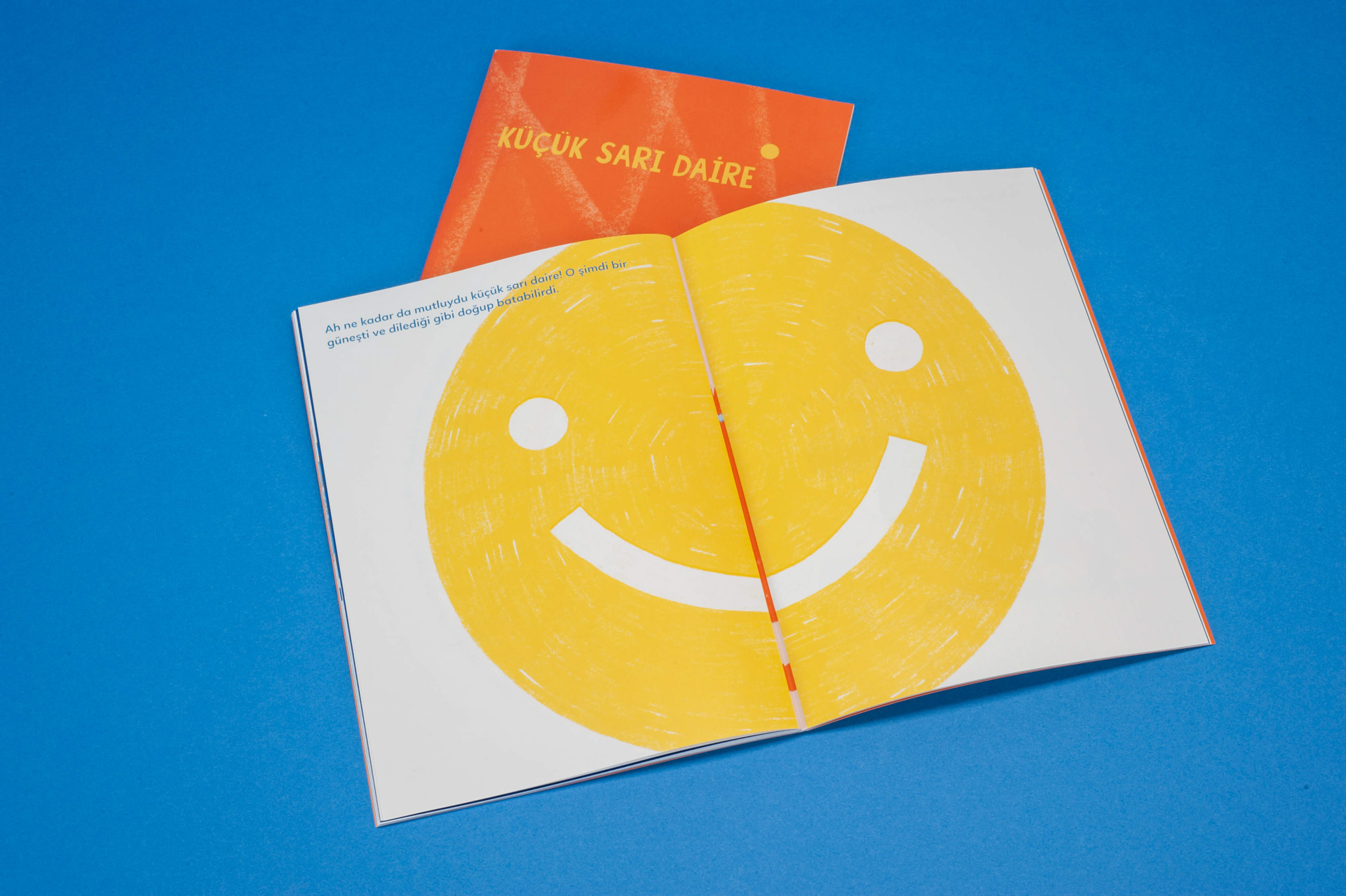Director: Benjamín Ávila
Cast: Ernesto Alterio, César Troncoso, Natalia Oreiro
Argentina, Spain, Brazil, 2011, 112’, color
Spanish with Turkish subtitles
It’s late 70s, Argentina is under military control. 12-year-old Juan’s family, like many other who oppose, has had to live away from their homeland for years and now they are back. Doubting whether they are being followed by the government, they still feel forced to change names and places frequently. This lifestyle on pins and needles, affects Juan too, who is known as Ernesto among his friends. Starring Natalia Oreiro, who is well-known with her roles in famous telenovelas, Clandestine Childhood tells the story of Juan, who needs to sacrifice his childhood to help his parents survive.
Trailer

Published as part of Pera Learning programs, “The Little Yellow Circle (Küçük Sarı Daire)” is a children’s book written by Tania Bahar and illustrated by Marina Rico, offering children and adults to a novel learning experience where they can share and discover together.
Tuesday - Saturday 10:00 - 19:00
Friday 10:00 - 22:00
Sunday 12:00 - 18:00
The museum is closed on Mondays.
On Wednesdays, the students can
visit the museum free of admission.
Full ticket: 300 TL
Discounted: 150 TL
Groups: 200 TL (minimum 10 people)